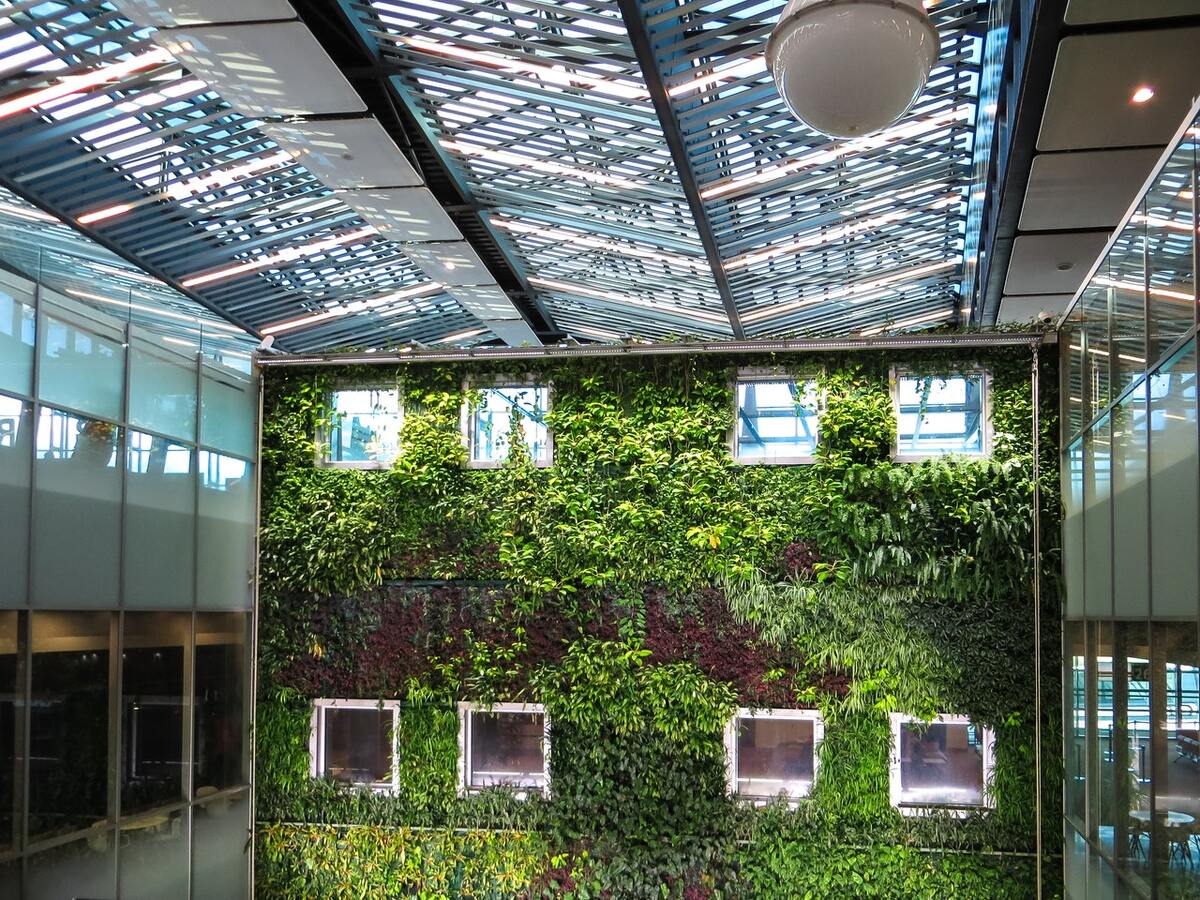Enhancing Water Quality With Green Infrastructure

Increased human activity has undoubtedly taken a toll on the planet, and the negative effects of climate change are becoming increasingly noticeable. While mitigation efforts are critical, governments also need to begin planning for infrastructure renewal to make our cities more resilient in the face of climate change. Without stable infrastructure, the climate crisis and other environmental problems like air and water pollution become more pressing.
For example, a major issue for many countries right now is water availability and quality. Some scientists and researchers believe green infrastructure may solve these widespread environmental problems. Here’s how it can be used to improve water quality, especially in cities.
A Brief Overview of Green Infrastructure
Green infrastructure encompasses various practices, but in simple terms, it is an eco-friendly approach to water management. It protects, restores and mimics nature’s water cycle. Green infrastructure aims to leverage the natural environment and engineered systems to provide clean water, benefit people and wildlife, and conserve an ecosystem.
According to the U.S. Environmental Protection Agency (EPA), green infrastructure can offer benefits in a handful of ways, including:
- Enhancing water quality and quantity
- Improving air quality
- Bolstering climate resiliency
- Supporting the habitat and wildlife
- Helping communities thrive through health benefits, green jobs, increased property values and recreation space
Green infrastructure is most often associated with stormwater management in cities because runoff pollution can cause major issues in urbanized spaces. Cities become more crowded as the population grows, and significant problems with water quality end up impacting people and putting their health at risk.
Current Issues With Water Quality
Stormwater runoff is one of the fastest-growing sources of pollution in the country, and it can have negative consequences in an urban setting.
The product of rainstorms and snowstorms, also known as runoff, finds its way into sewers, drains and other urban waterways. The permeability of the ground’s surface will determine how much runoff is absorbed. Porous land absorbs more.
Cities have many impervious surfaces, such as streets, parking lots, sidewalks and rooftops, so runoff is not easily absorbed and will flow wherever gravity takes it.
Any unabsorbed runoff will eventually meet pollutants residing on impervious surfaces. For example, road salt, trash, sediment, chemicals from vehicles, and even viruses or bacteria from animal waste can all pollute rainfall.
The main problem is that polluted runoff goes back into waterways untreated. It enters oceans, rivers, lakes and streams. As a result, many U.S. sources do not meet national water quality standards. Untreated, polluted runoff contaminates ecosystems and vegetation, ruins green spaces, negatively affects the drinking supply and puts public health at risk.
How Green Infrastructure Can Improve Water Quality
Various green infrastructure practices can cut down the amount of flooding and reduce polluted runoff entering waterways. Some common examples of green infrastructure practices include:
- Vegetated rooftops
- Absorbent gardens
- Roadside plantings
- Permeable pavements
- Trees and tree boxes
- Infiltration basins
- Blue roofs
- Rainwater harvesting systems
Green infrastructure systems retain rainfall, reduce stormwater discharges and even treat any stormwater runoff that is not retained. These systems directly improve water quality because less water is being discharged, reducing the pollutant load.
Other benefits of green infrastructure include heat and smog mitigation. There is also an increased water supply, health benefits such as reduced heat-related illnesses, reduced costs and improved quality of life.
Green infrastructure will likely become increasingly popular in cities, especially smart ones. One of the best things about it is that it can be used on a small or large scale, depending on the town, city or state trying to adopt new practices.
Leveraging Green Infrastructure to Enhance Water Quality
Many people have started to take action and improve sustainability, including businesses. However, large-scale changes need to be made in the nation’s infrastructure to make a significant difference.
One possible solution to water pollution, especially in urbanized areas, could be green infrastructure implementation. It’ll be interesting to see if it becomes more popular and widely used as the benefits are seen.



